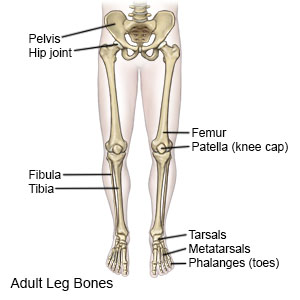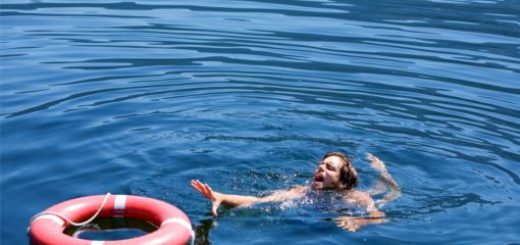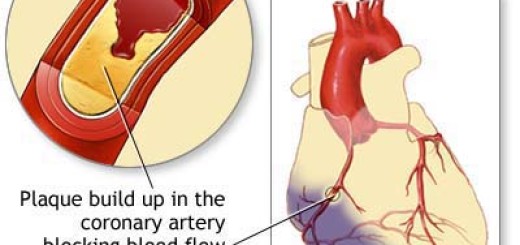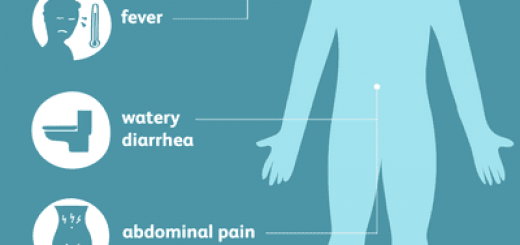First Aid for a Broken Leg
The bones of the leg can be broken by impact, twisting or direct blows. Knees are commonly injured in sporting accidents and falls.
The femur or thighbone is the strongest bone in the body and it takes considerable force to fracture it along its length (although a fracture of the neck of the femur within the hip joint is quite common and discussed in a separate first aid blog post).
This most often occurs after a fall from a great height or a severe impact such as a car accident.
There are two bones in the lower leg, the tibia and the fibula. The tibia is most often broken by a heavy blow, sometimes producing an open wound. The fibula is thinner and can be broken by the kind of twisting that may cause a sprained ankle.

Signs and symptoms of serious leg injury include pain, bruising, deformity, difficulty walking or inability to walk, and swelling, especially at the knee.
The knee joint is quite complicated and may be damaged by direct force or violent twisting movements. Injuries from sporting incidents, falls and other accidents are common.
There may be a sprain, damage to the knee cartilage or a fracture of the kneecap (patella). A serious knee injury will cause locking of joint, extreme pain on attempting to straighten it, and difficulty in bending the joint.
First Aid Steps for a Broken Leg
Immobilise the legs, using the uninjured leg to splint the broken one.
- Bring the uninjured leg to the side of the injured one.
- Slide bandages under both legs at the ankles and knees, and above and below the suspected fracture site.
- Place padding between the lower legs for comfort.
- Roll bandage in a figure of eight around the feet and ankles.
- Tie the bandages with the knots on the uninjured side, but stop if this causes pain.
If there is a possible fracture near the ankle then wrap one bandage around the feet and a separate one around the legs just above the ankle instead of using a figure of eight.





